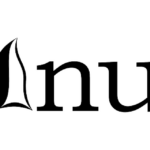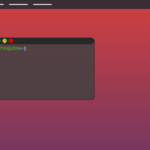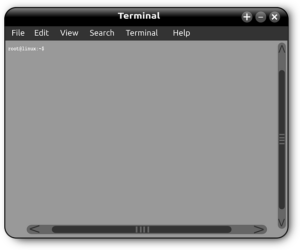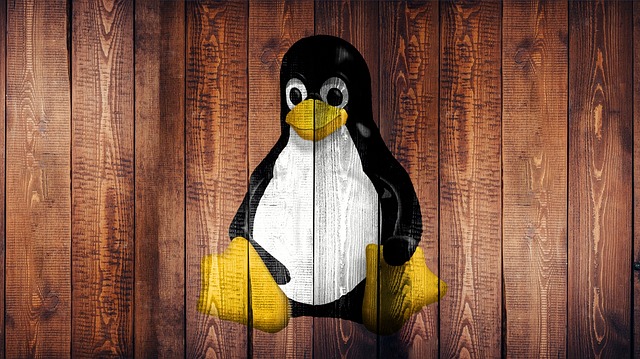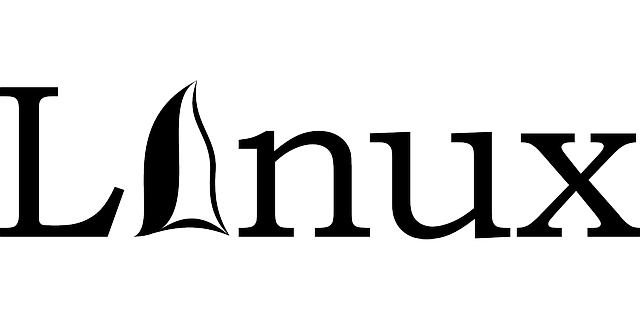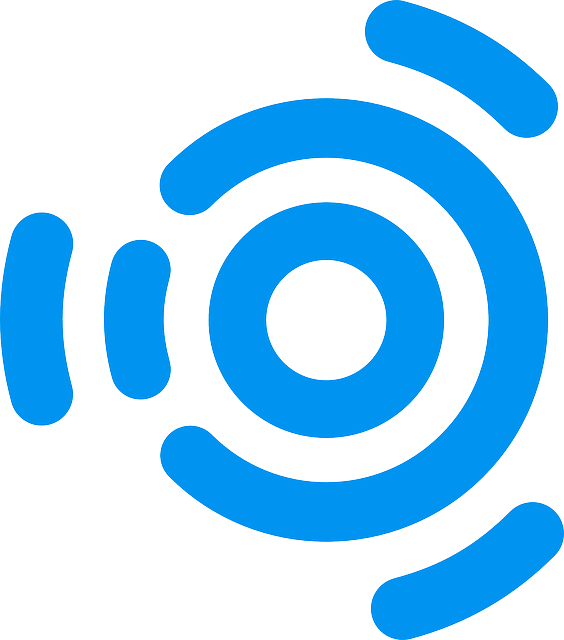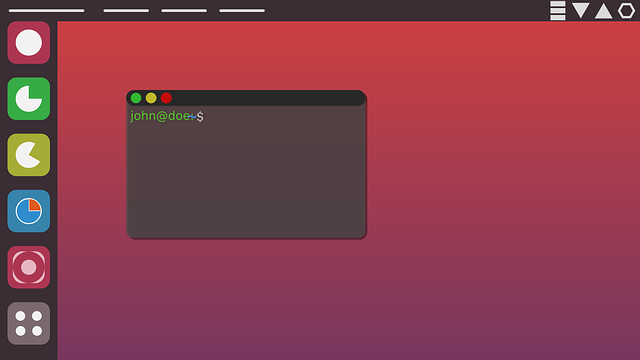Linux stands out as a secure and efficient platform for managing medical records, offering healthcare providers a robust solution that leverages open-source technology. It delivers stability, security features, and cost-effective customizability through platforms like OpenMRS and GazelleERM, ensuring compliance with privacy standards and facilitating the handling of sensitive patient data. Linux's collaborative development model drives continuous innovation, providing healthcare providers with up-to-date software equipped with state-of-the-art security measures and regulatory compliance. The modular nature of these systems allows for tailored workflows to address specific organizational needs and scales with the growth of healthcare infrastructure, making Linux an optimal choice for Medical Records Management (MRM) in healthcare. These Linux-based MRM solutions integrate development tools for streamlined management of medical records, offering a unified platform that enhances the development process with improved speed and efficiency while maintaining data security. The customizability of these systems enables developers to create user-friendly interfaces for organizing and retrieving extensive medical data, ensuring compatibility with existing healthcare systems for real-time updates and precise record maintenance. In essence, Linux's MRM solutions are indispensable in modern healthcare informatics, providing a secure, efficient, and adaptable framework for managing sensitive health information. Regular updates and security patches via Linux's package management systems ensure the ongoing integrity of patient data within these critical systems.
Navigating the complexities of medical records management, Linux stands out as a robust platform for secure and efficient data handling. This article delves into the pivotal role of integrated development tools in this domain, offering insights through three comprehensive sections. We explore how open-source solutions can be leveraged to enhance medical records management on Linux, underscoring their impact on streamlining workflows and safeguarding patient information. A detailed guide follows, guiding readers step-by-step in implementing and optimizing medical records systems using an array of Linux tools, thereby ensuring data integrity and accessibility while maintaining high compliance standards.
- Leveraging Open-Source Solutions for Efficient Medical Records Management on Linux
- The Role of Integrated Development Tools in Streamlining Medical Data Handling
- A Comprehensive Guide to Implementing and Optimizing Medical Records Systems with Linux Tools
Leveraging Open-Source Solutions for Efficient Medical Records Management on Linux
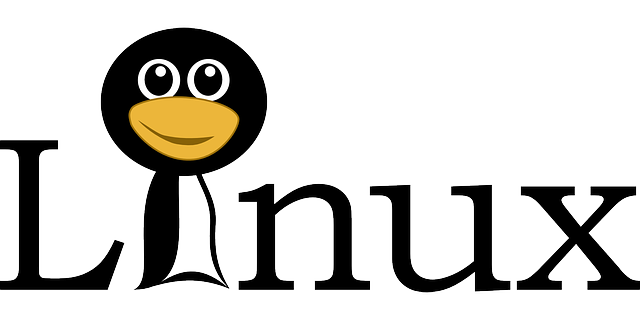
In the realm of healthcare information technology, the management of medical records is a critical task that demands both security and efficiency. Medical Records Management with Linux presents a robust solution for healthcare providers looking to harness open-source tools to streamline their operations. The Linux operating system, known for its stability and security features, offers a conducive environment for managing sensitive patient data. With an array of open-source software specifically designed for this purpose, Linux facilitates the implementation of systems that are both cost-effective and highly customizable. For instance, solutions like OpenMRS and GazelleERM provide comprehensive platforms for medical records management, offering features such as electronic health record (EHR) storage, data analysis, and interoperability with other healthcare systems. These tools are not only powerful but also adhere to the stringent privacy standards required in the medical field, ensuring that patient confidentiality is maintained at the highest level.
Furthermore, the open-source nature of these Linux-based solutions allows for a collaborative development process where continuous improvements and updates can be made by a global community of developers. This collaborative approach not only accelerates innovation but also ensures that the software remains up-to-date with the latest security patches and healthcare regulations. Additionally, the modularity of open-source systems means that healthcare organizations can tailor their Medical Records Management workflows to their specific needs without being constrained by proprietary limitations. The scalability of these tools also means that they can grow and adapt alongside the evolving demands of a healthcare provider’s infrastructure, making Linux an excellent choice for those in the medical field seeking efficient, secure, and open-source medical records management solutions.
The Role of Integrated Development Tools in Streamlining Medical Data Handling

In the realm of healthcare informatics, the management of medical records is a complex task that requires robust and secure solutions to ensure patient data integrity and confidentiality. Medical Records Management with Linux stands out as a pivotal application where integrated development tools play a crucial role. These tools provide healthcare professionals and developers with a seamless environment to handle sensitive patient information, facilitating the development of applications tailored to the stringent requirements of the medical field. The integration of these tools allows for the compilation and execution of code within a unified platform, streamlining processes that previously required multiple disparate systems. This convergence not only accelerates the pace at which medical records are managed but also enhances data security through Linux’s inherent robustness and adaptability to comply with regulations such as HIPAA.
The benefits of using Linux-based integrated development tools in managing medical records extend beyond mere efficiency. They offer a high degree of customization, enabling developers to tailor solutions according to the specific needs of healthcare providers. With an array of open-source libraries and frameworks at their disposal, developers can create intuitive interfaces that simplify the navigation and handling of large volumes of medical data. Moreover, these tools’ ability to interface with various healthcare systems ensures a smooth data exchange process, which is vital for real-time updates and accurate record keeping. The integration of development tools within the Linux environment thus becomes an indispensable asset in the quest to manage medical records effectively, securely, and efficiently.
A Comprehensive Guide to Implementing and Optimizing Medical Records Systems with Linux Tools

medical records management systems harness the robustness and security of Linux to create a reliable infrastructure for handling sensitive health information. The open-source nature of Linux provides a flexible platform that can be tailored to comply with stringent medical data protection regulations such as HIPAA and GDPR. Utilizing tools like CentOS, Ubuntu, or Fedora, developers can set up a secure, scalable environment for managing patient records. These systems are designed to handle large volumes of data efficiently, ensuring that patient information is readily accessible by authorized personnel while remaining protected against unauthorized access.
To optimize these medical records systems, system administrators can leverage a suite of Linux utilities and frameworks. Performance tuning of the kernel, optimization of database queries with tools like MySQL or PostgreSQL, and the implementation of caching mechanisms can significantly improve system responsiveness. Additionally, integration with Electronic Health Record (EHR) standards such as HL7 or FHIR can facilitate seamless data exchange between various healthcare systems. Regular updates and security patches are critical for maintaining the integrity of medical records, which can be managed through package management systems inherent to Linux distributions. This proactive approach to maintenance helps protect against vulnerabilities and ensures that patient data is managed securely at all times.
In conclusion, the integration of development tools within the Linux environment has proven to be a pivotal advancement in the management of medical records. By leveraging open-source solutions and implementing robust systems tailored for healthcare data handling, professionals can ensure secure, efficient, and reliable management of sensitive patient information. The guidance provided herein on implementing and optimizing these systems underscores the potential for Linux to serve as a cornerstone in modern medical records management. Users are encouraged to explore and adopt these tools to enhance the integrity and accessibility of medical data, ultimately contributing to better healthcare outcomes.




